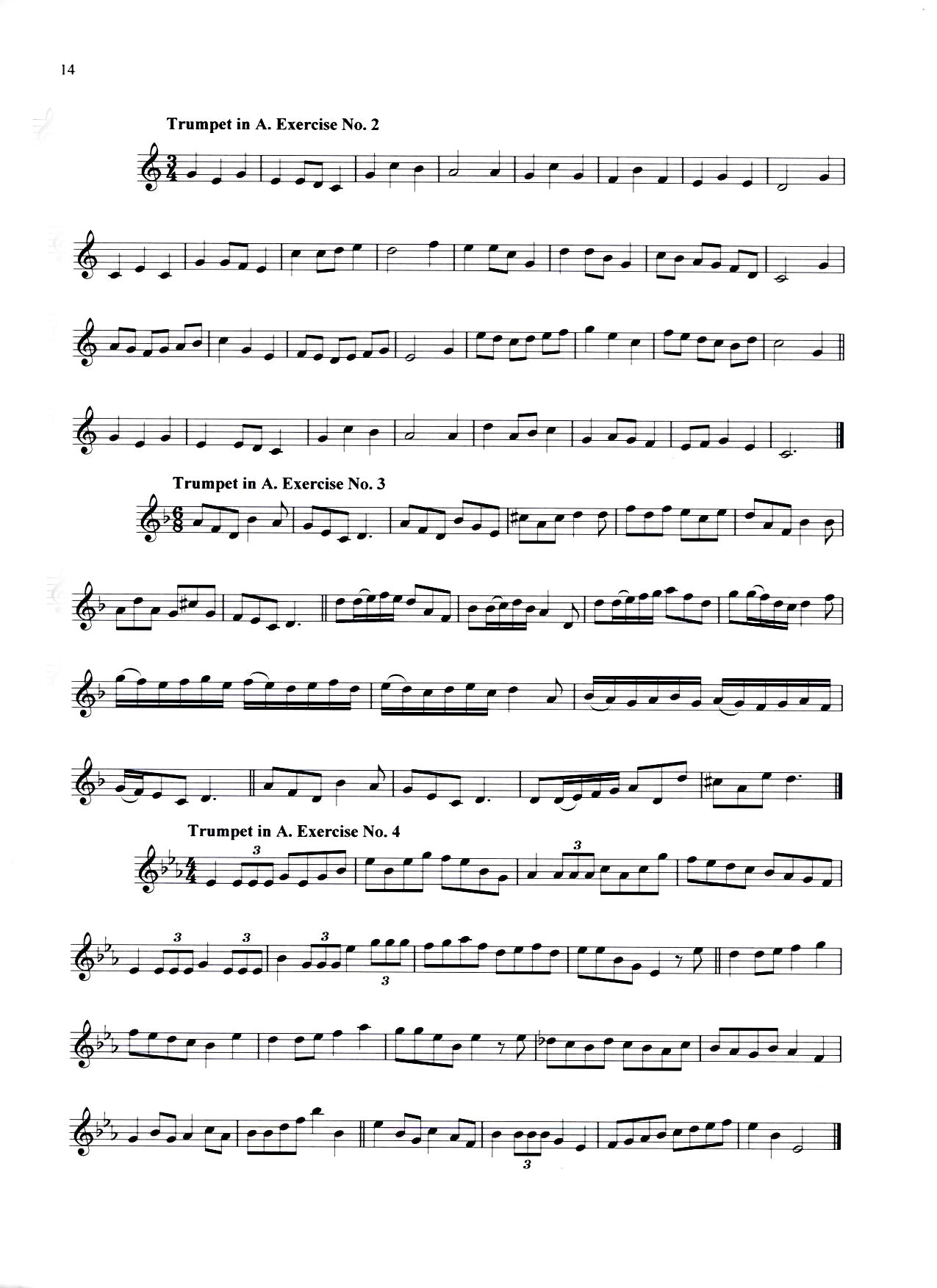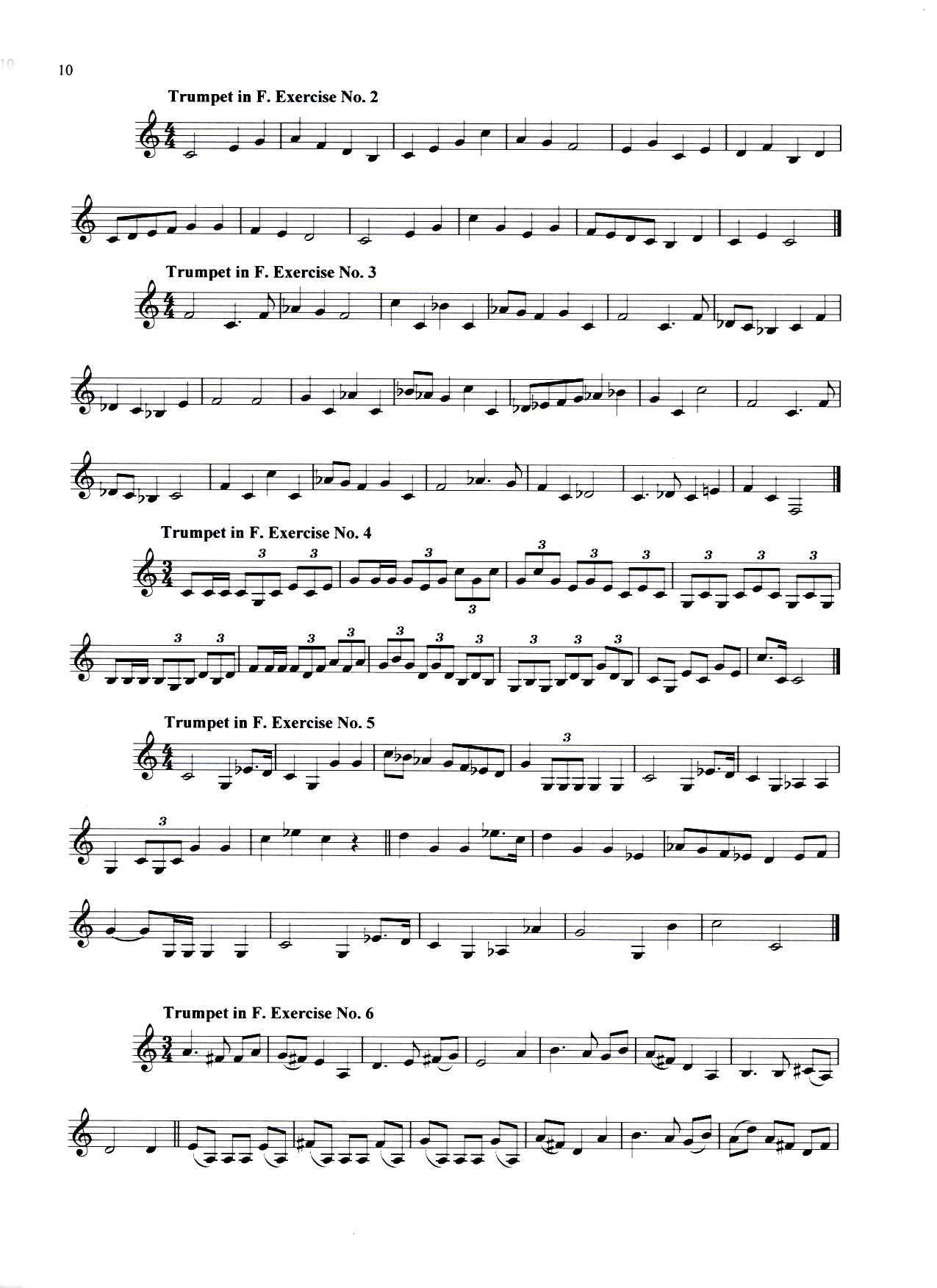

Established 2000
Home | Order Music| Contacts | Full Catalogue | Brass Band | Orchestra | Strings | Junior Brass | Brass Quintets/Quartets | 10 Piece Brass | Wind Band | Solos | Methods | Christmas | New | Links
*This site uses the FREE "Scorch" plug-in from Sibelius. Just follow the link when you first try to view a score.
The Trumpeters' Guide to Transposition (Bb Trumpet Edition)
The act of transposition can sometimes be the only challenge to the orchestral trumpeter. This method covers all of the major transpositions found by the trumpeter using a Bb instrument, and lists the various thought processes that could be used. Written for those students who are new to orchestral transposition, and trumpeters who require more challenging studies.


The full version contains explanations and studies for the following transpositions:
Trumpet in C
Trumpet in F
Trumpet (or Cornet) in A
Trumpet in D
Trumpet in Eb
Trumpet in E
Trumpet in H
To order a copy via post for £12.95 use the ORDER PAGE,
or you can order through Paypal on the "Methods" page,
General Tips on Orchestral Transposition
"Whatever the transposition you first try, you are likely to encounter the same problem. Since your first lesson you have been encouraged to read the music without needing to think about what valves to put down. You automatically put 1st and 2nd valves down when you see an A, 1st valve for Bb etc. This has, quite rightly, developed into a "default mode". When you first start transposing you will want to revert to the "default mode" i.e. when you make a mistake you will use normal fingering for a Bb trumpet. Once this is overcome, you will develop a "default mode" for each transposition. Then you will be able to concentrate on the important thing again - the music!"
"Some teachers and tutor books recommend changing the key signature when transposing. This is worth trying, and if it works, use it, but my own method is to change each note as you reach it. There are 2 reasons for this. Firstly, for historical reasons many orchestral trumpet parts do not have key signatures as they were written for instruments without valves. This habit continued long after the the chromatic trumpet was invented and so well into the 20th century you will find parts littered with accidentals rather than key signatures. There is therefore little point changing the key signature into D major if you are actually playing in G or Ab major. Although you could study the part before hand to find out the key, the lack of rehearsal time we must work with in the 21st century means this is not always possible. Secondly, transposing each note at a time will help you establish the new "default mode" as described earlier."
Home | Order Music| Contacts | Full Catalogue | Brass Band | Orchestra | Strings | Junior Brass | Brass Quintets/Quartets | 10 Piece Brass | Wind Band | Solos | Methods | Christmas | New | Links